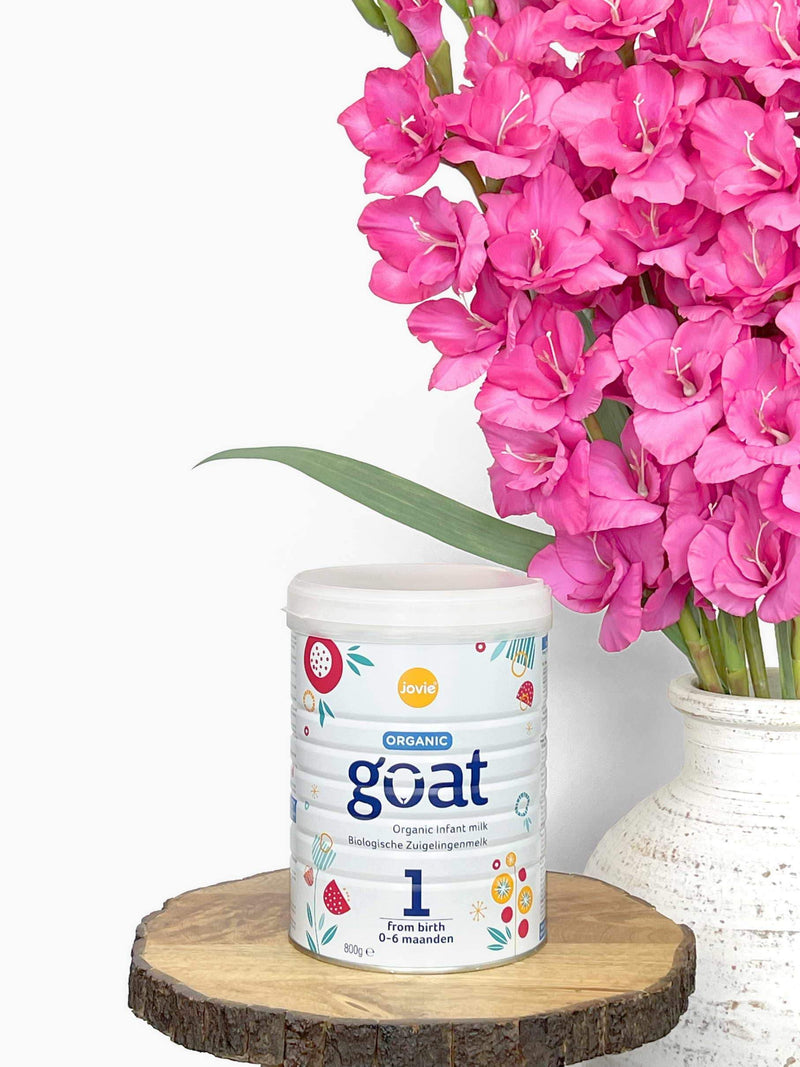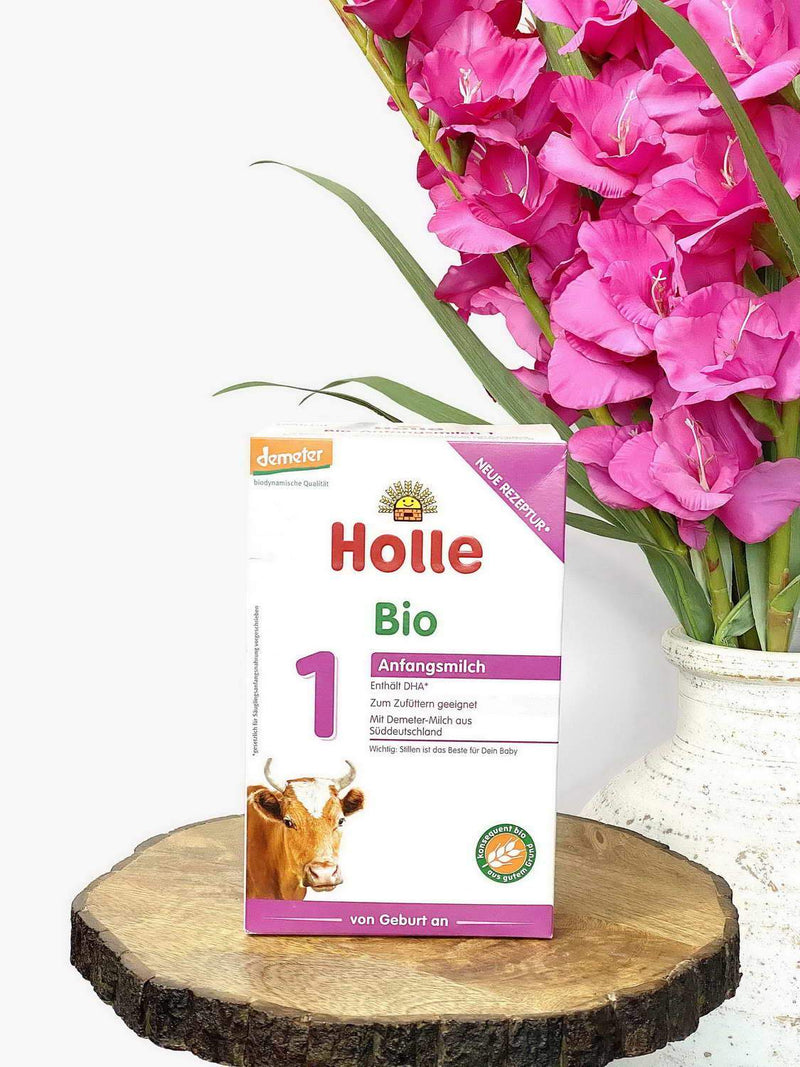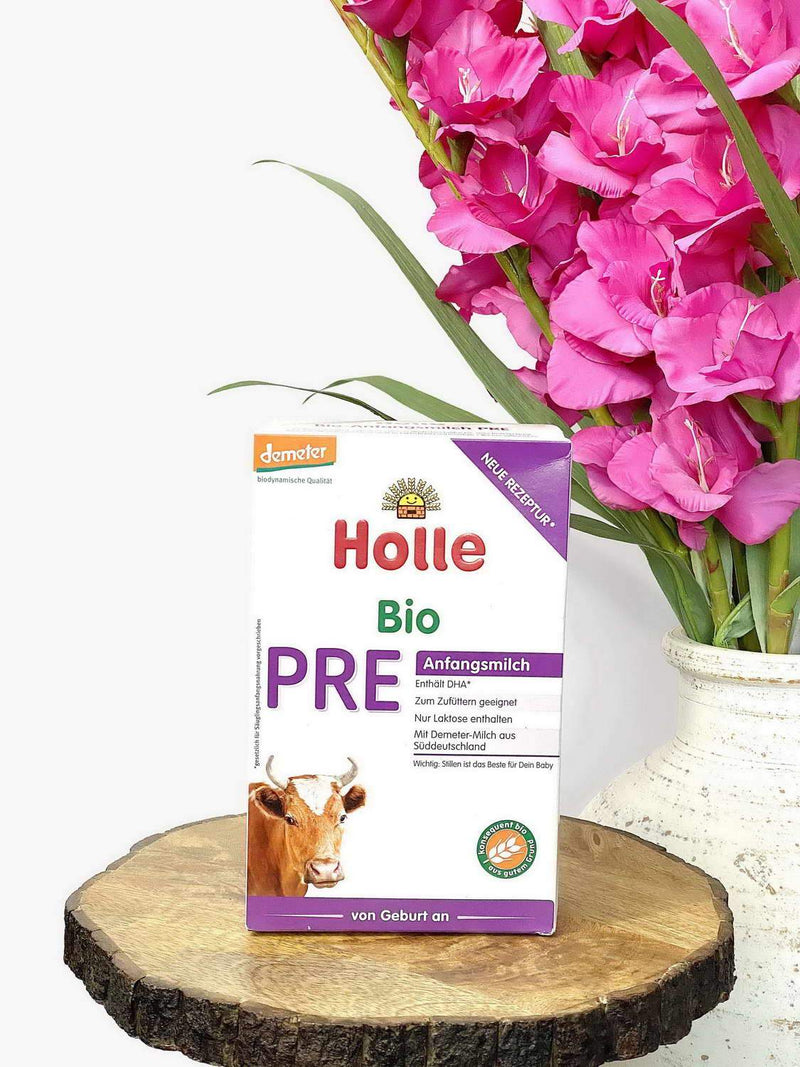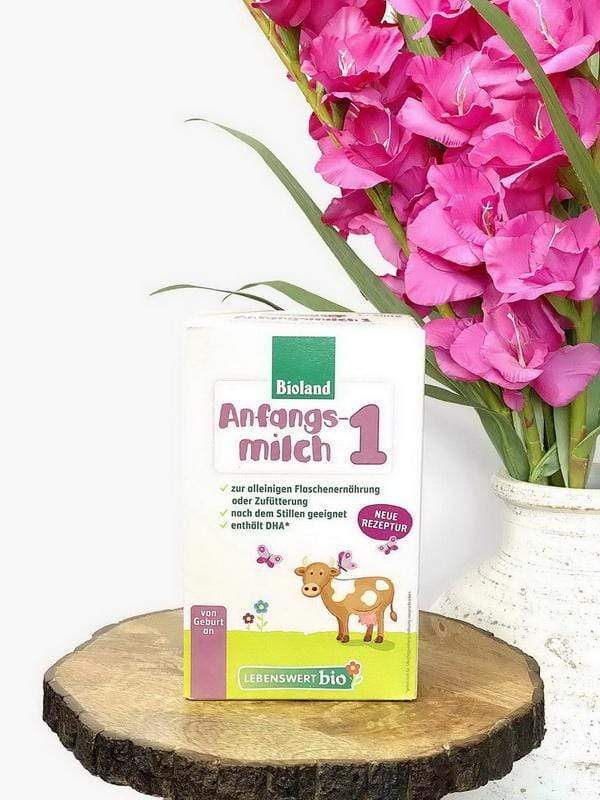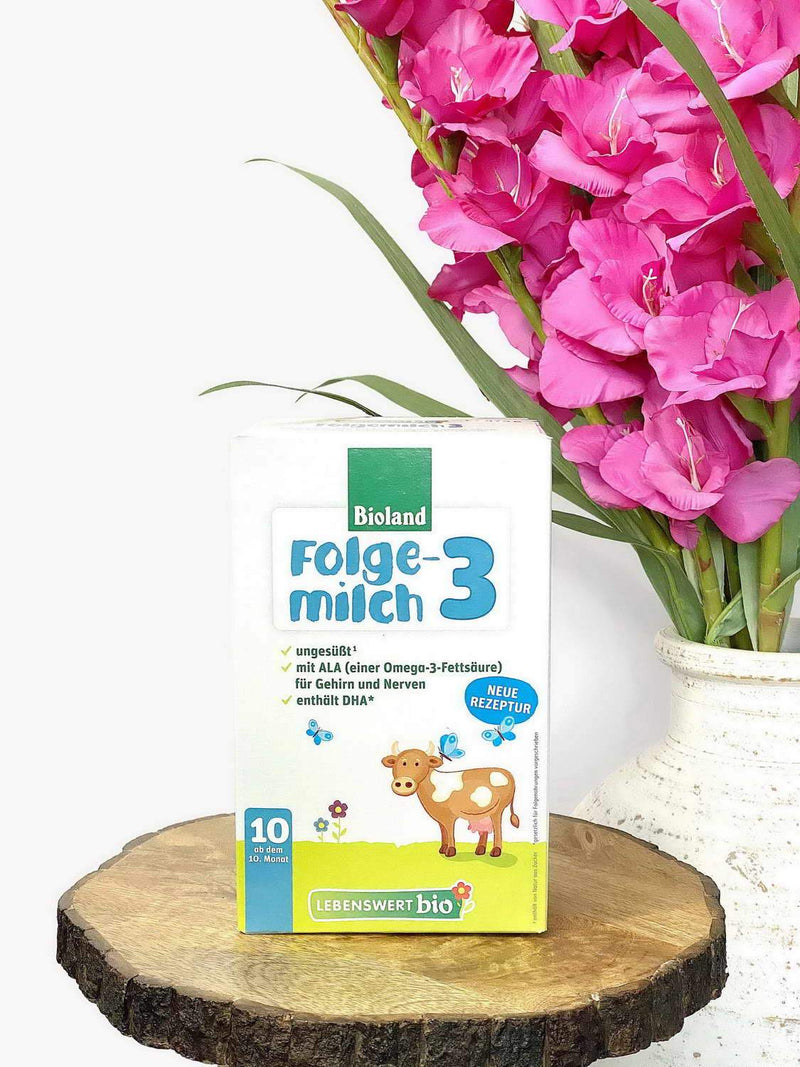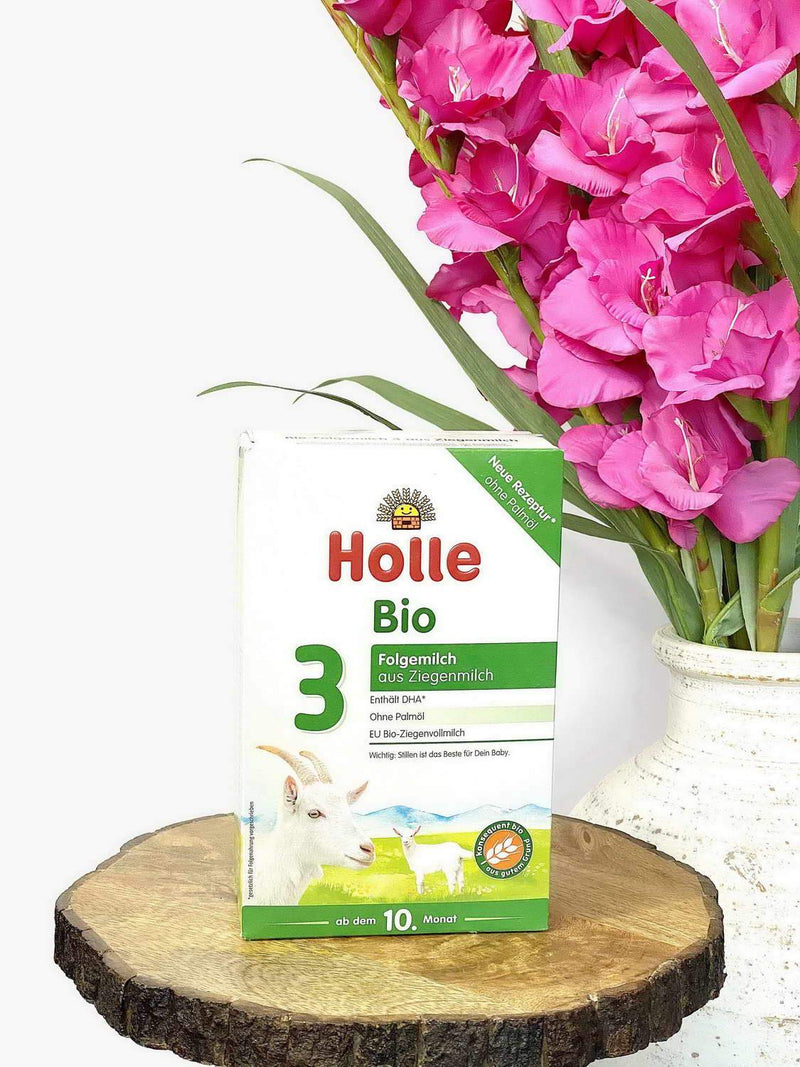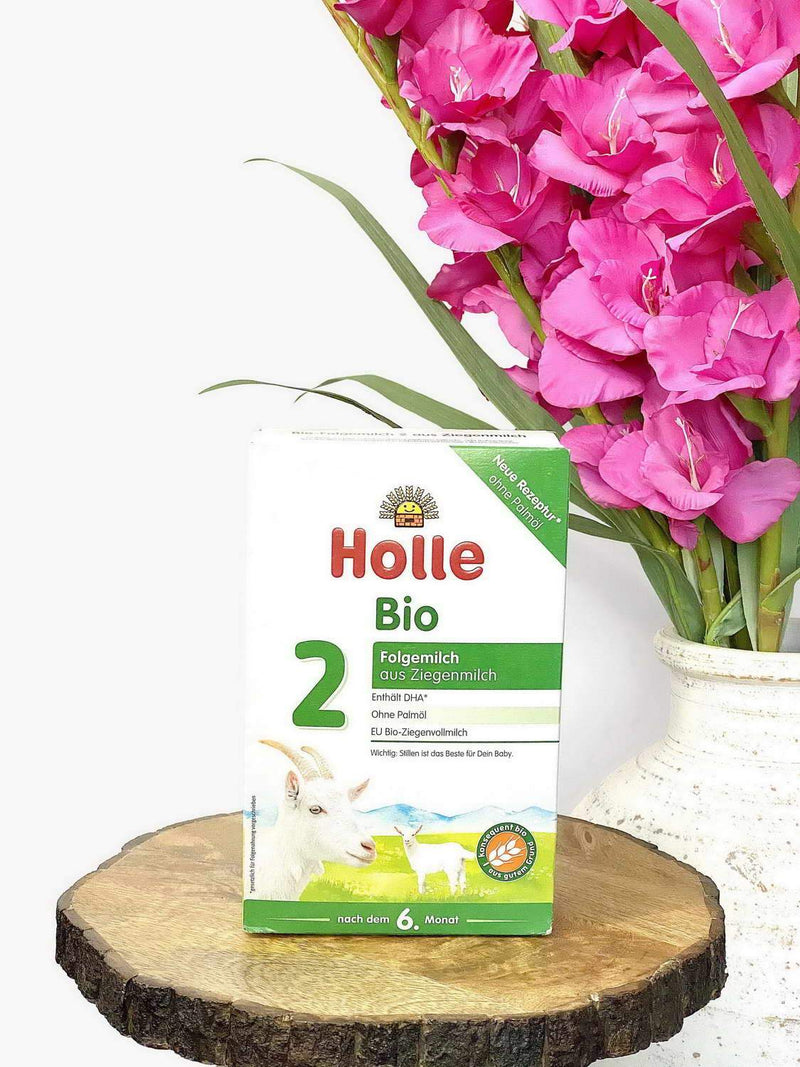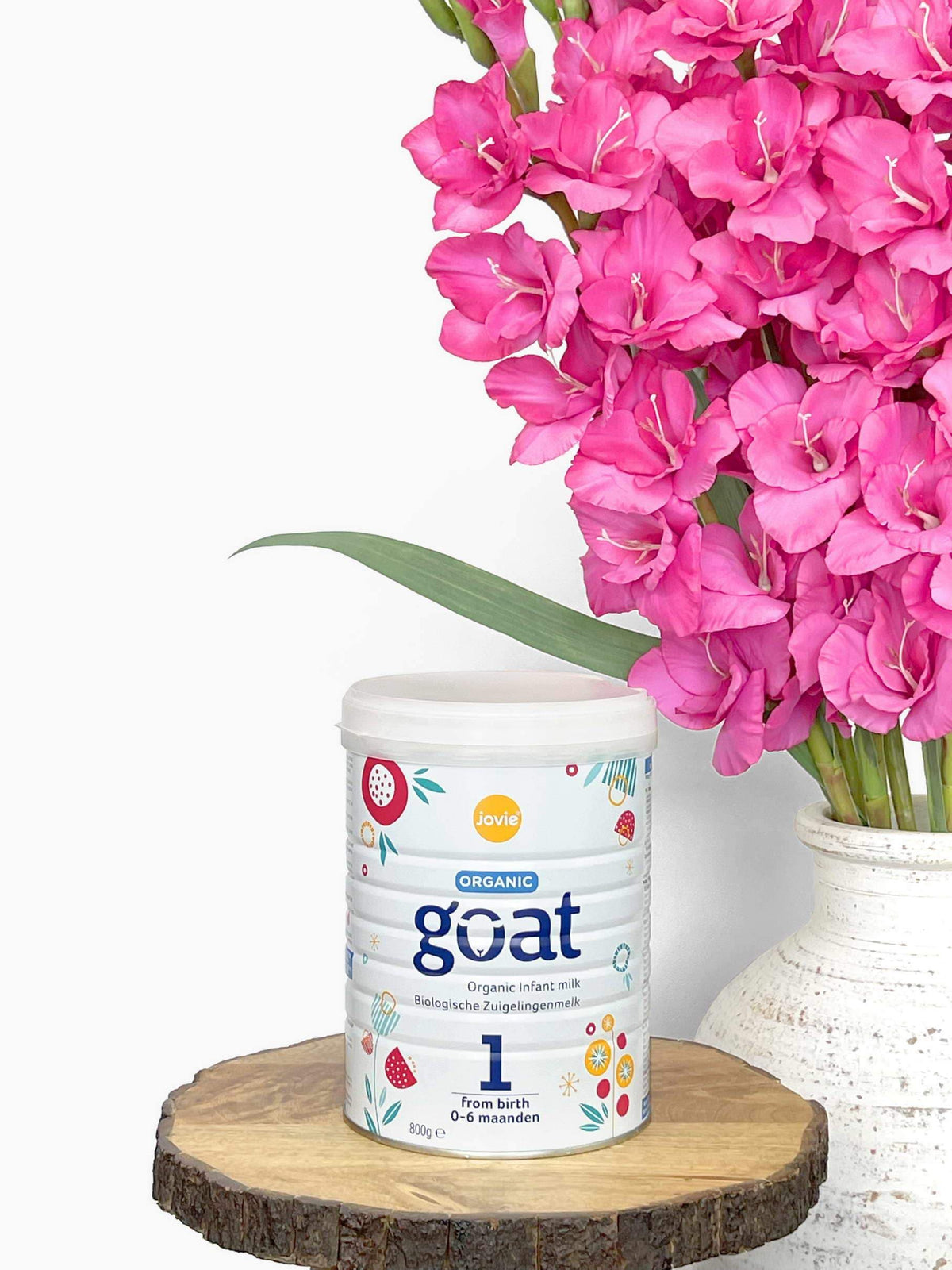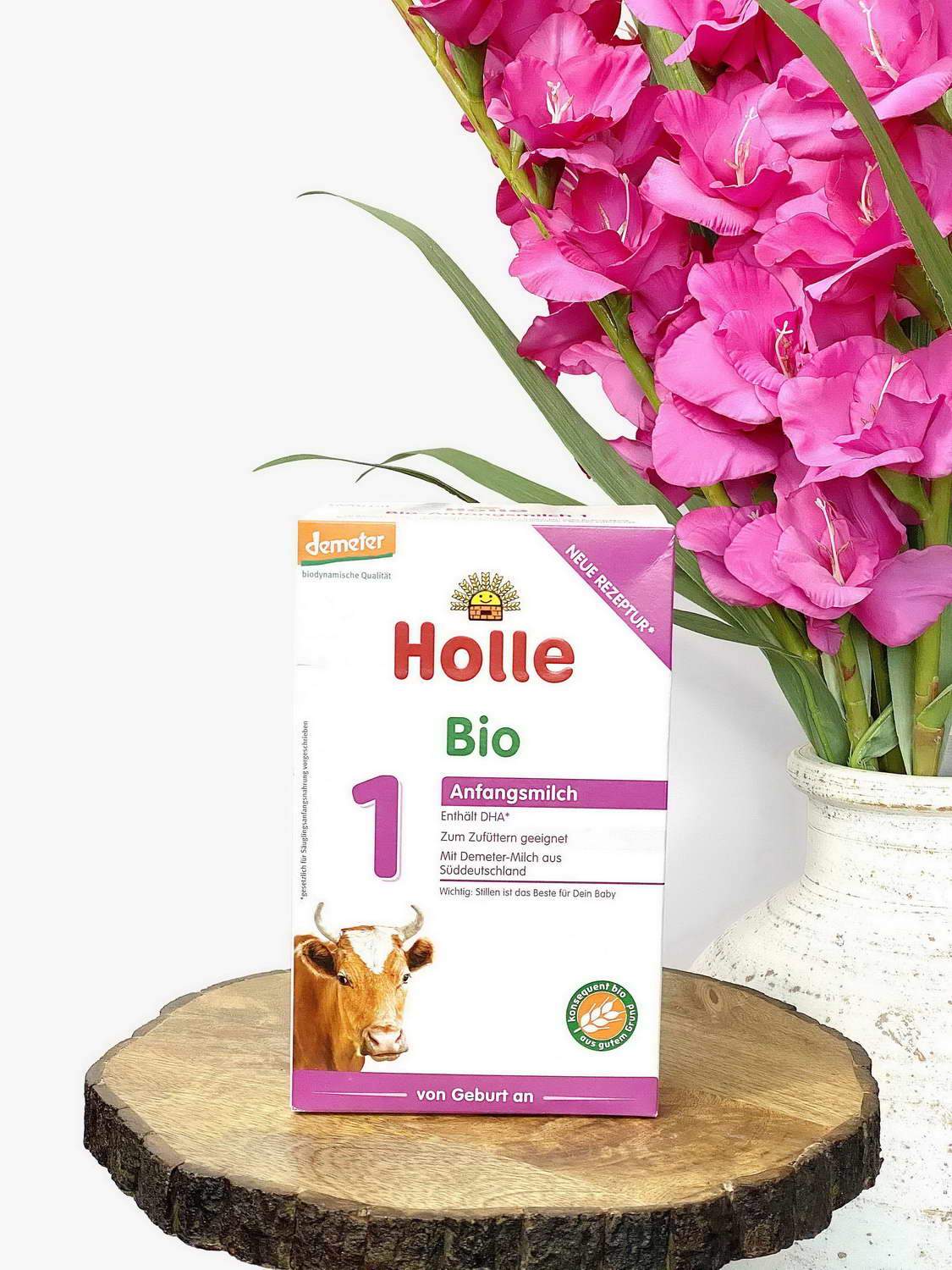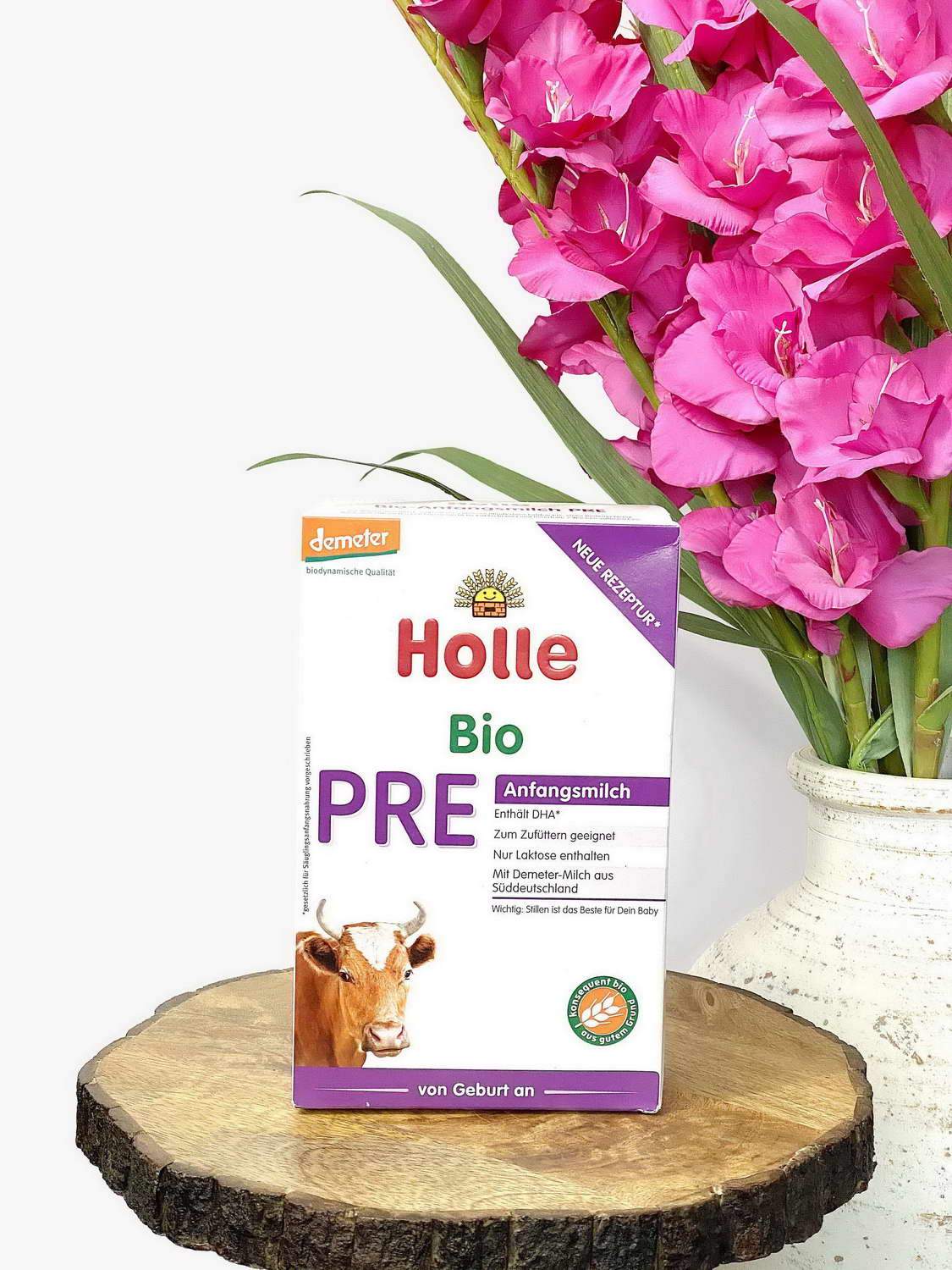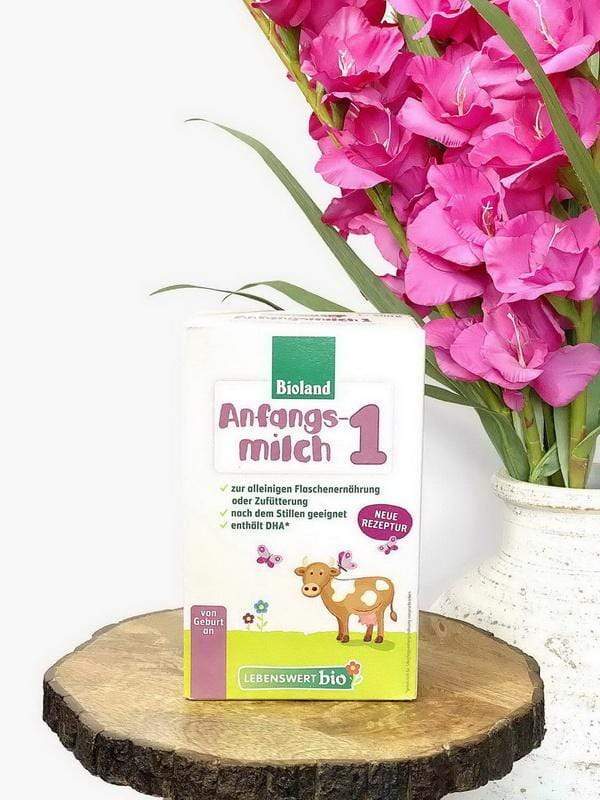The first few months of your little one's life can go by in a blink of an eye. In this short time you see many firsts; from sweet little smiles, to the beginning of laughter that fills your heart with joy, and the precarious balancing of the beginning of sitting. Now as your baby is a few months older you have a glimpse into the peeking out of tiny teeth!
As you may have heard, this time is usually not easy for your child or for the family. Teething is different for each little one, and some babies do better with the pain than others but there are ways to help.
Let us take a look into what you may expect and some ways to help your baby through teething.
When Do Babies Start Teething
Generally, you can expect teeth to start peeking through baby's gums around six months old.
Keep in mind that just as each child is unique, so it will be with the exact timing of the first tooth appearance. You may notice those little gum buds as early as four months and others may still be toothless until their first birthday.
Even though your child’s teething experience will differ in some ways from others, the baby teeth chart given by the American Pediatric Dental Association shows the typical time for tooth eruption during the first year.
Baby Teeth Chart
When Do Babies Teeth Come In
While it is hard to know exactly when they will arrive, the order baby teeth come in is more predictable. Most commonly, baby teeth arrive in the center first and move in an outward pattern.
Here is a rough guide to how babies' teeth usually break through.
- 🦷 Bottom incisors (bottom front teeth) – these are usually the first to come through, usually at around 5 to 7 months
- 🦷 Top incisors (top front teeth) – these tend to come through at about 6 to 8 months
- 🦷 Top lateral incisors (either side of the top front teeth) – these come through at around 9 to 11 months
- 🦷 Bottom lateral incisors (either side of the bottom front teeth) – these come through at around 10 to 12 months
- 🦷 First molars (back teeth) – these come through at around 12 to 16 months
- 🦷 Canines (towards the back of the mouth) – these come through at around 16 to 20 months
- 🦷 Second molars – these come through at around 20 to 30 months
Baby Teething Symptoms
Symptoms of teething again vary from baby to baby and can range in the effect on your little one. For a lucky few families, their baby's teeth sometimes emerge with no pain or discomfort at all.
As you can see some of the symptoms of teething are non-specific and there may be some confusion between teething and other issues, like a cold.
Baby Teething Fever
Just a little note, a symptom caused by teething that we have heard many parents tell us about is diarrhea. Although there is no medical evidence to support this, we know caregivers know their child best.
If tummy issues continue for too long or your baby has a fever higher than low grade, make sure you check with your pediatrician.
Baby Teething Remedies
As your baby begins to teethe it can be painful for them, and as a parent or caregiver it is difficult for you to watch them suffer.
Finding immediate relief for your little one is not always easy but there are ways we can help to make your baby comfortable.
Teething Toys
Toys can be multi-purpose. Cute, soft, plush toys are a suitable alternative to help your baby get through teething because they can chew on it, which helps with the pain.
The gumming action provides counter-pressure, which relieves the aching as teeth push up and into the mouth.
Babies also love bumpy rubber teething toys, your clean finger, or a soft, wet baby toothbrush (without toothpaste) rubbed firmly on sore gums to provide soothing counter-pressure.
Cold Bottle for Baby
Applying cold to your baby’s inflamed gums can help relieve the pain of teething.
If your little one would like a cold bottle of baby formula to help soothe teething gums, as long as formula-fed babies are able to maintain their body temperature, the contents of the baby bottle can be served cold straight from the fridge.
Freshly prepared bottles can be quickly cooled in an ice bath or by spending about 15 minutes in a refrigerator.
Just remember, never feed a baby a bottle that has been frozen or is close to freezing. A bottle of baby formula that is too cold can numb your little one's tongue or throat, causing problems with swallowing or freezer-like burns.
Refrigerated Toys
A cold teether can be very refreshing for a teething baby but use it carefully. You should chill your teething toys in your refrigerator rather than freezing them.
Frozen teethers can be too hard and end up damaging your baby’s sensitive gums. It can also damage the durability of the toy, causing a choking hazard.
Frozen Fruits and Vegetables
Frozen fruit or purees of fruits and vegetables that have been frozen in ice cube trays, are a wonderful way to relieve your infant’s pain while also providing them with a healthy, delicious snack.
Mesh feeders that mimic pacifiers are available to allow your child a hands-free and safe way to get relief.
Pain Relievers
If trying to help your baby relieve the pain of teething by chewing cold nutritious and chilled foods is not doing the trick, and especially if teething is causing a fever, talk to your pediatrician.
Your baby's doctor can recommend appropriate doses of oral pain relievers. Easily found over the counter, baby acetaminophen (if your baby is over 2 months) or ibuprofen (for babies over 6 months) can help make your little one comfortable and rest easier.
Amber Teething Necklace: What to Avoid
Teething can be exhausting for the whole family. You may be willing to try just about anything to find relief for your baby’s teething pain.
Here are a few teething remedies that are not safe, and families do best to avoid.
X Numbing Agents
Never use rubbing alcohol, benzocaine, or lidocaine on your baby's gums.
Using topical numbing agents can put children under age 2 at risk for reduced oxygen levels in the blood.
X Over-the-counter Teething Gels
Avoid any OTC teething remedies, including herbal or homeopathic teething gels, without doctors’ approval.
Some may contain harmful ingredients such as belladonna that can cause difficulty breathing and seizures under certain conditions.
X Amber Teething Necklaces
Recent popularity has led pediatricians everywhere to advise against them, in large part because they can pose a choking or strangulation hazard.
Nighttime Teething
Teething is a common cause of sleep regression in babies and sleepless nights for parents. If your little one was sleeping for long stretches and now seems to be waking during the night due to teething pain, give him a few minutes before offering comfort to see if he can settle himself back to sleep.
If you have passed middle of the night feedings try not to offer your baby a bottle as this can undo your previous hard work. Instead try snuggling, rocking and reassurance to your sweet little one that is just not feeling well.
If the pain seems to really bother your little one, talk to your child’s pediatrician about offering a dose of baby acetaminophen or ibuprofen before he goes to bed. Also check to see if there are any other signs of illness such as a sore throat or ear infections that tend to get worse at night.
Baby Teeth
Teething is usually linked to the other pretty big baby milestones. Around the time your child's first tooth erupts, your little one will likely be ready to be introduced to a cup, start walking, and move on to the next stage of European baby formula.
For all of these and everything in between, My Organic Company can help make life easier by providing pure, clean organic nutrition to support your baby from the first day of life all the way through to the toddler years.

